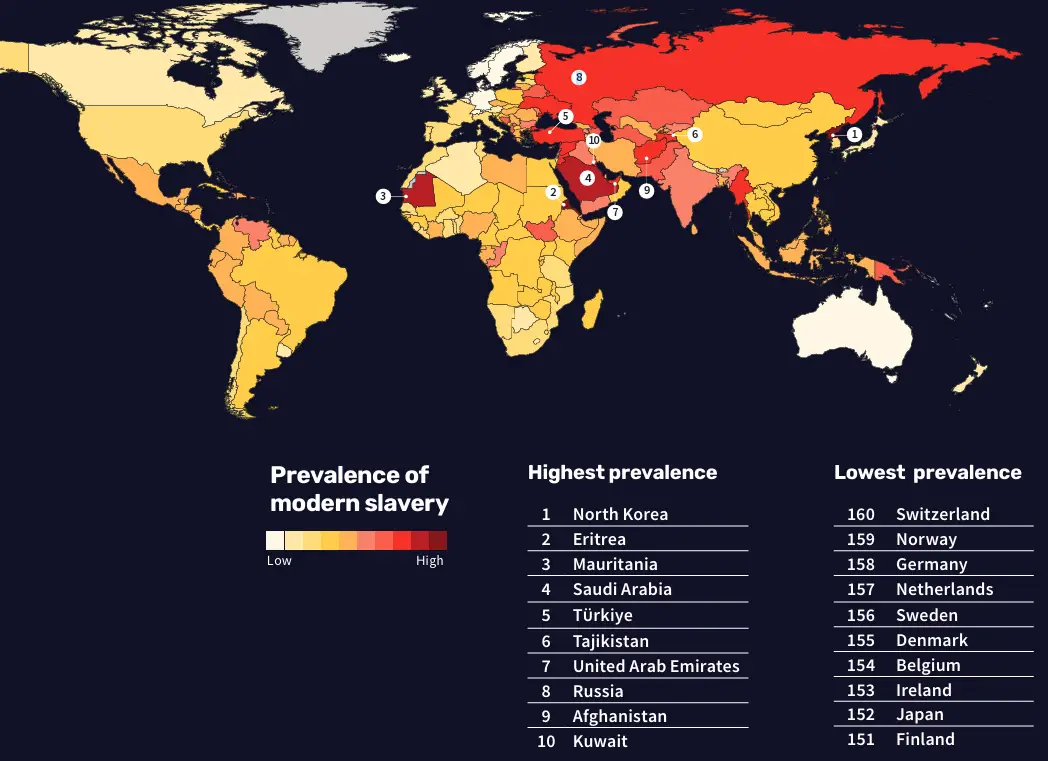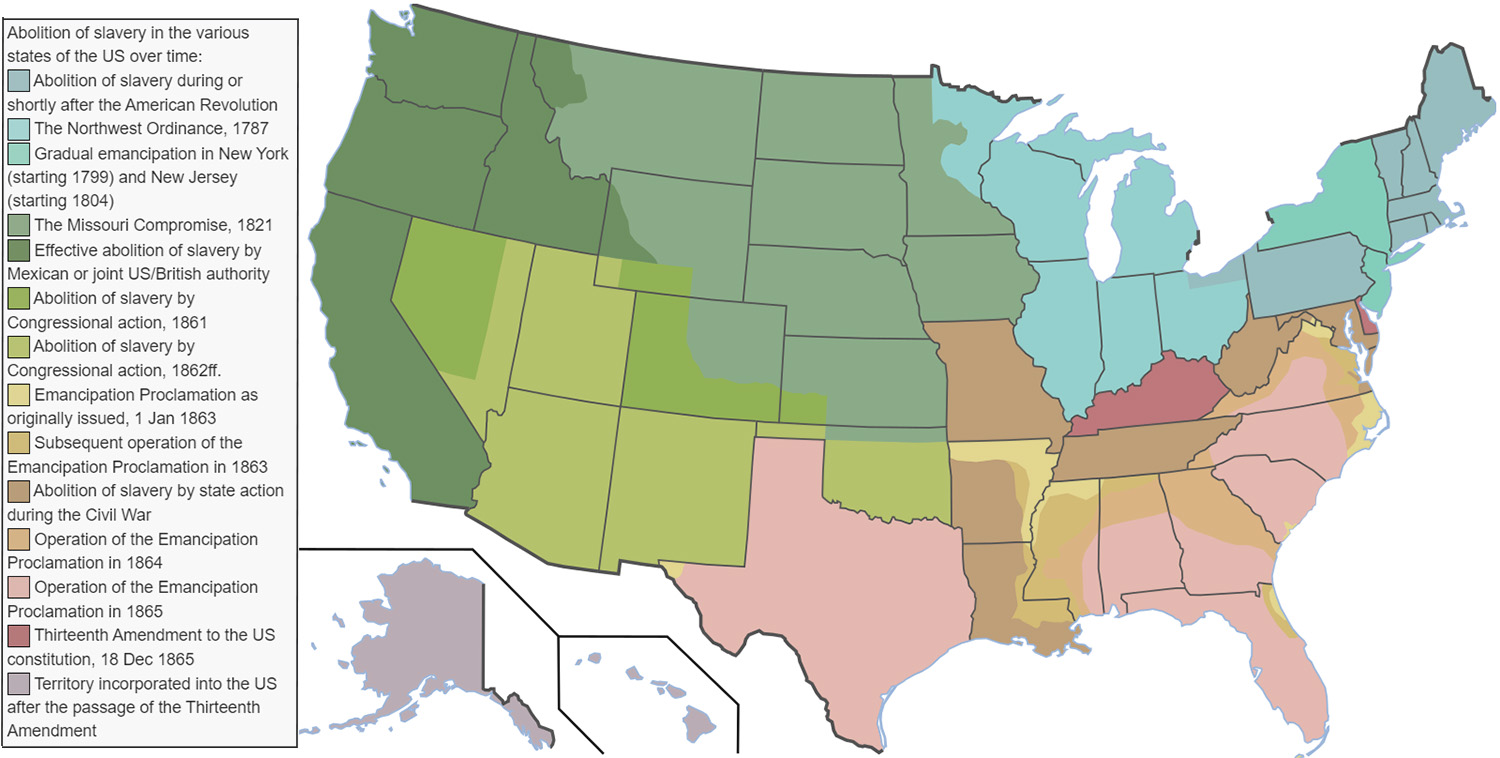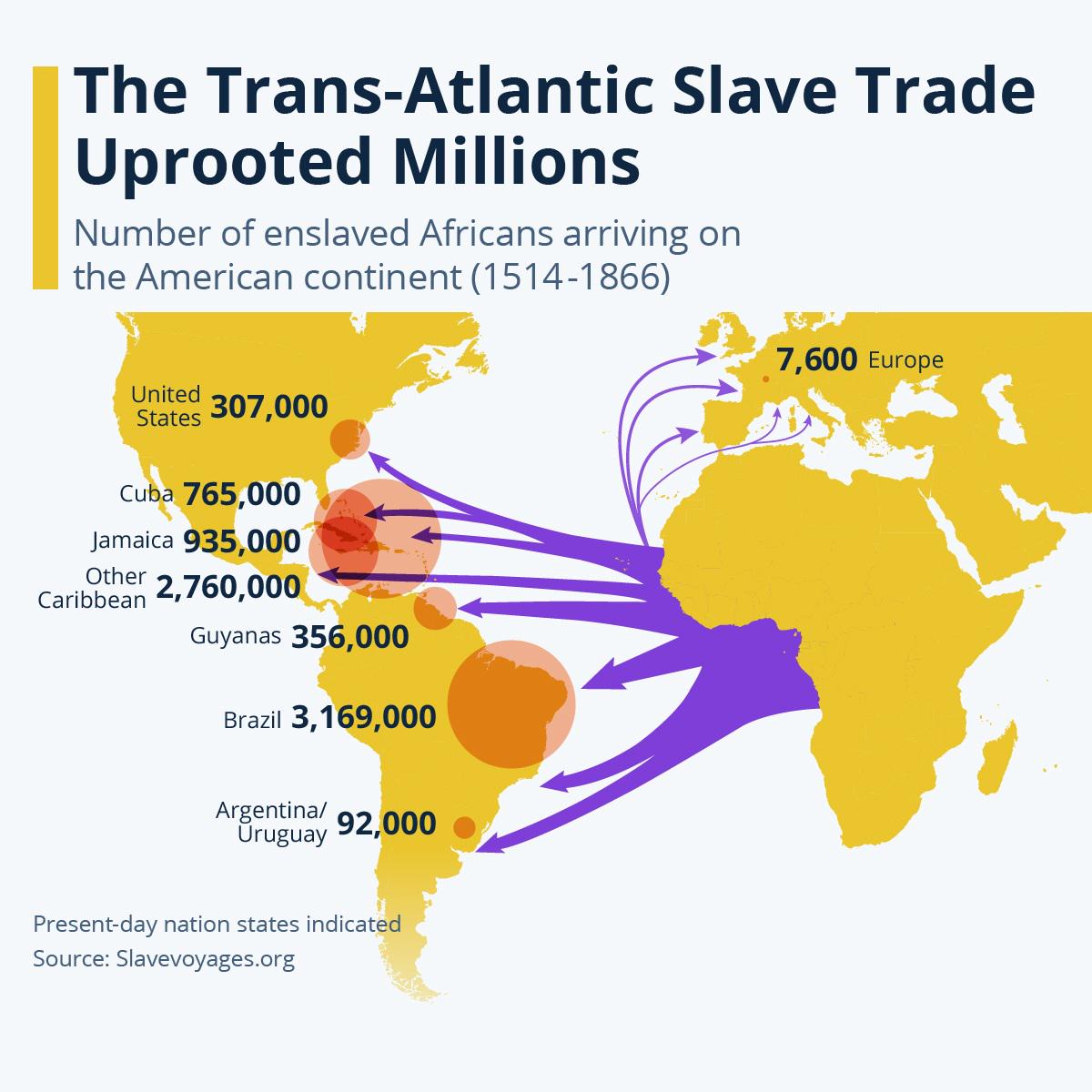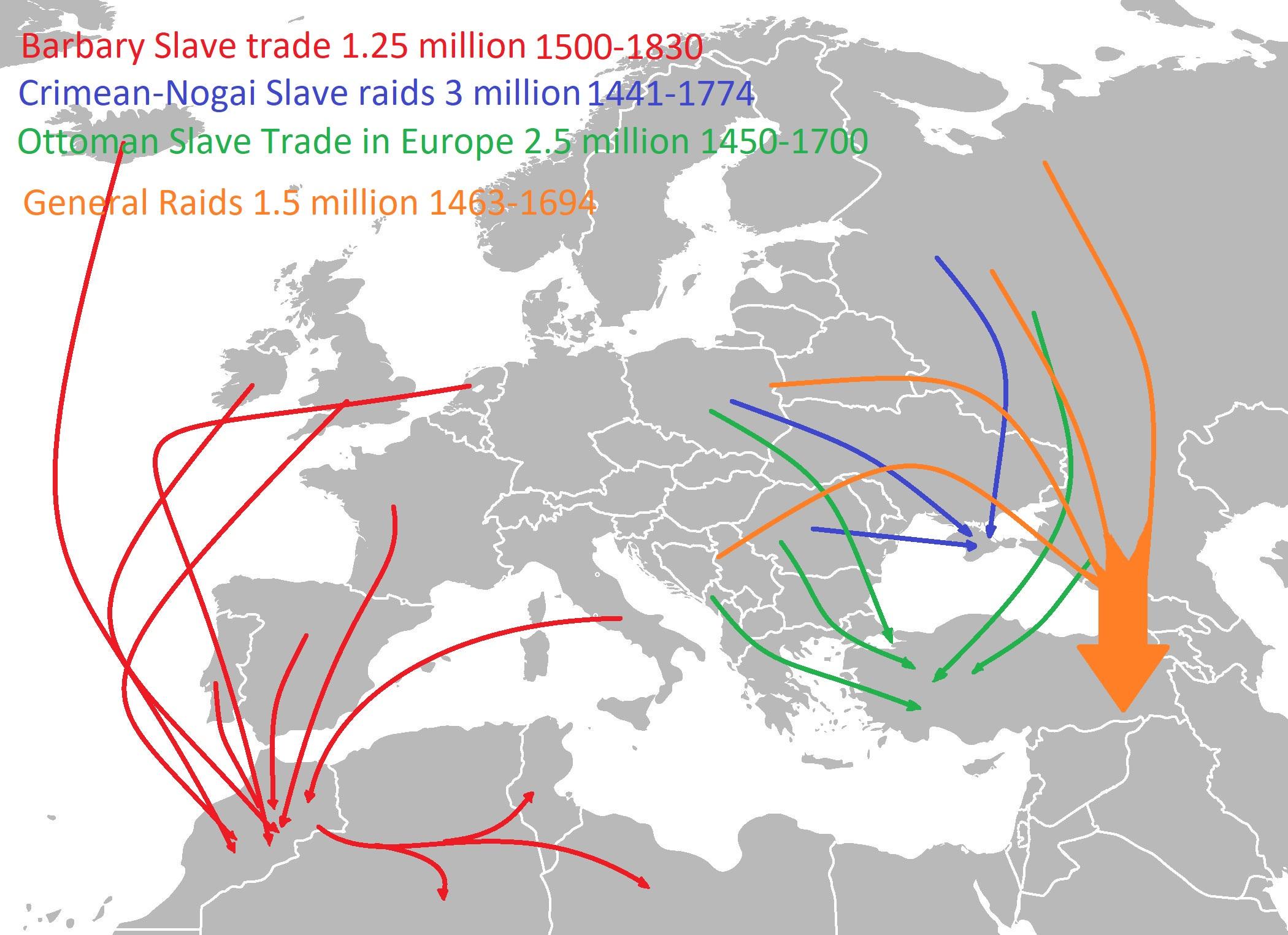Slavery in the Americas: A Historical Overview
Slavery in the Americas began with the arrival of the first Africans, who were brought in small numbers, primarily via Spain and Portugal. Expansion of Brazilian sugar plantations created a booming demand for African slaves, a model soon followed by other European colonizers in North America. It began as an inhumane practice that kicked off a foul era that would come to very much shape the history and American societies.
Table of Contents
The Transatlantic Slave Trade by Size
The transatlantic slave trade was colossal in scale. It is estimated that between 10 and 12 million Africans were forcibly transported to the Americas between more than 300 years. The majority of them were taken to South America and the Caribbean, and Brazil alone received some 4 million enslaved persons, pproximately 40% of the total brought to the Americas. North America received a smaller proportion, about 6% of the total Africans transported across the Atlantic. By the late 18th century, the United States was home to about 700,000 enslaved people.
Countries like Haiti, Jamaica, and Barbados became major centers of the slave trade, with slave-based economies based on sugar. In Mexico and Central America, albeit less important than the Caribbean or Brazil, African slaves were employed too, but primarily in agricultural sectors. Outside Brazil, other South American countries like Colombia, Venezuela, and Peru also had significant slave populations, employed primarily in mines and agriculture.
The Abolition of Slavery
The abolition of slavery in the Americas was a protracted and challenging process, and it was met with considerable resistance and struggle. The process towards freedom varied across different areas, each with its own chronological course and circumstances.
Early Abolition Movements in the Americas
In the New World, the first place to abolish slavery was Massachusetts in 1783. This first abolition would serve as the harbinger of a larger movement that would eventually embrace the entire continent. But the path to emancipation was far from easy:
- Haiti: Following a successful slave revolt, Haiti declared independence from France and abolished slavery in 1804, and became the first black republic and first nation in the Western Hemisphere to legally abolish slavery.
- Mexico: Slavery was officially abolished in 1829 during the term of President Vicente Guerrero, an Afro-Mexican who played a key role in the country’s fight for independence.
- United States: Slavery was formally abolished in the United States in 1865 when the 13th Amendment was ratified, after a terrible Civil War.
The Last Bastion: Brazil
Brazil was the last country in the Western world to abolish slavery. By the time it was abolished in 1888, an estimated 4 million Africans had been imported to Brazil, which accounted for 40% of all slaves imported into the Americas! This staggering number demonstrates the size and impact of slavery in Brazilian history.
For comparison, the United States received about 10% of all the slaves transported across the Atlantic, but its history with slavery heavily influenced its social and economic structures.
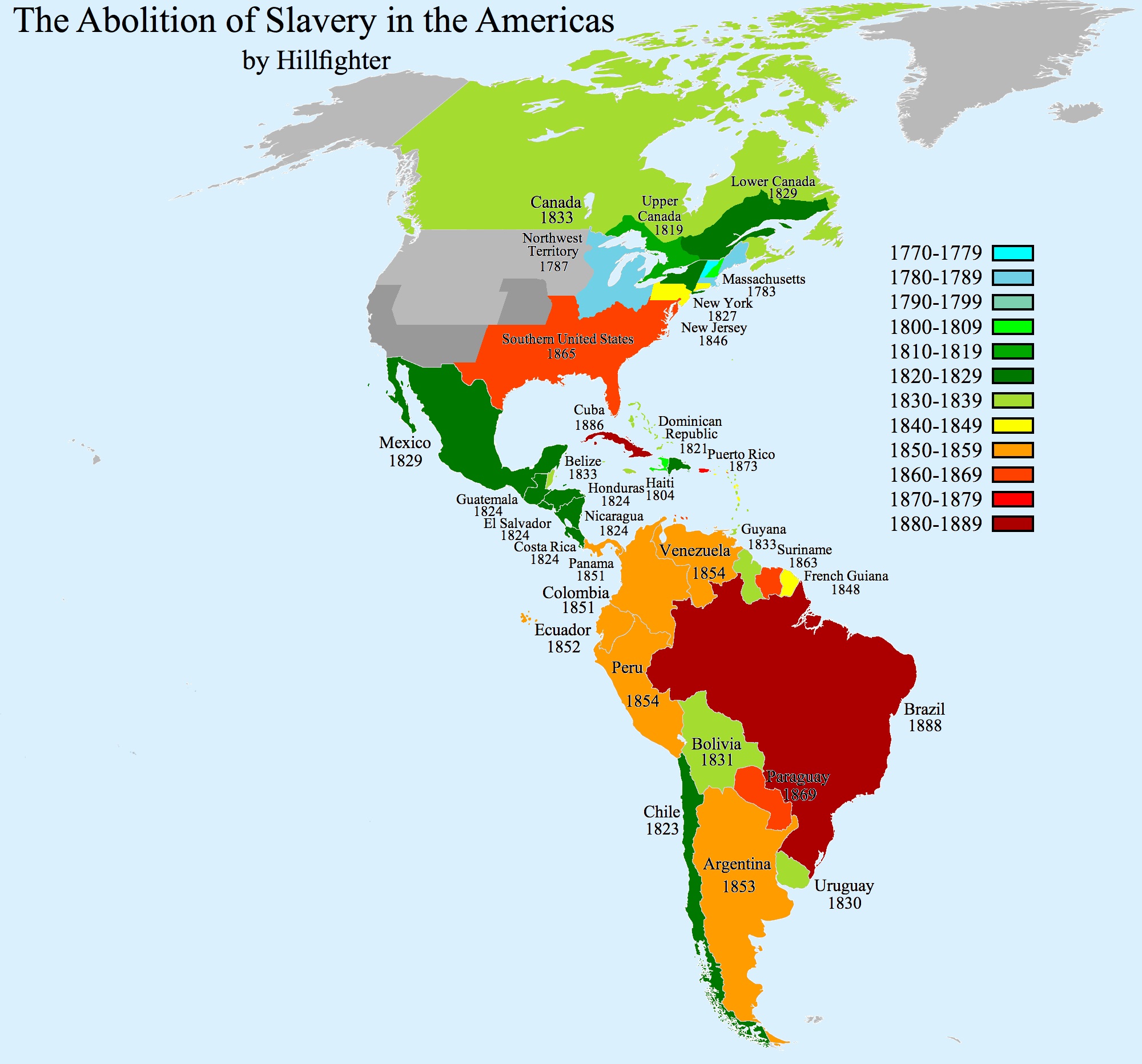
The Global Context
The abolition of slavery was not confined to just the Americas. It was just one part of a global movement wherein several nations and empires relinquished the practice:
- United Kingdom: The British Empire abolished slavery in 1833, encompassing its vast colonies all over the world.
- France: Slavery was abolished in French colonies in 1848.
- Spain: Spain abolished slavery in its remaining colonies, including Cuba and Puerto Rico, in the 1870s and 1880s.
Slavery in the Americas is a testament to human resistance, perseverance, and the unwavering search for freedom. Throughout the transatlantic slave trade from its beginnings to the eventual abolition of slavery across the continent, this period greatly impacted our societies today. The abolition movement, characterized by varied timelines and geographical distinction, encompasses the long and painful journey towards freedom and equality. As we recall this history, it is important to remember and pay tribute to the strength and contributions of those who endured and resisted this odious institution.
Want to know more about slavery in the Americas? Try reading one of these books.

